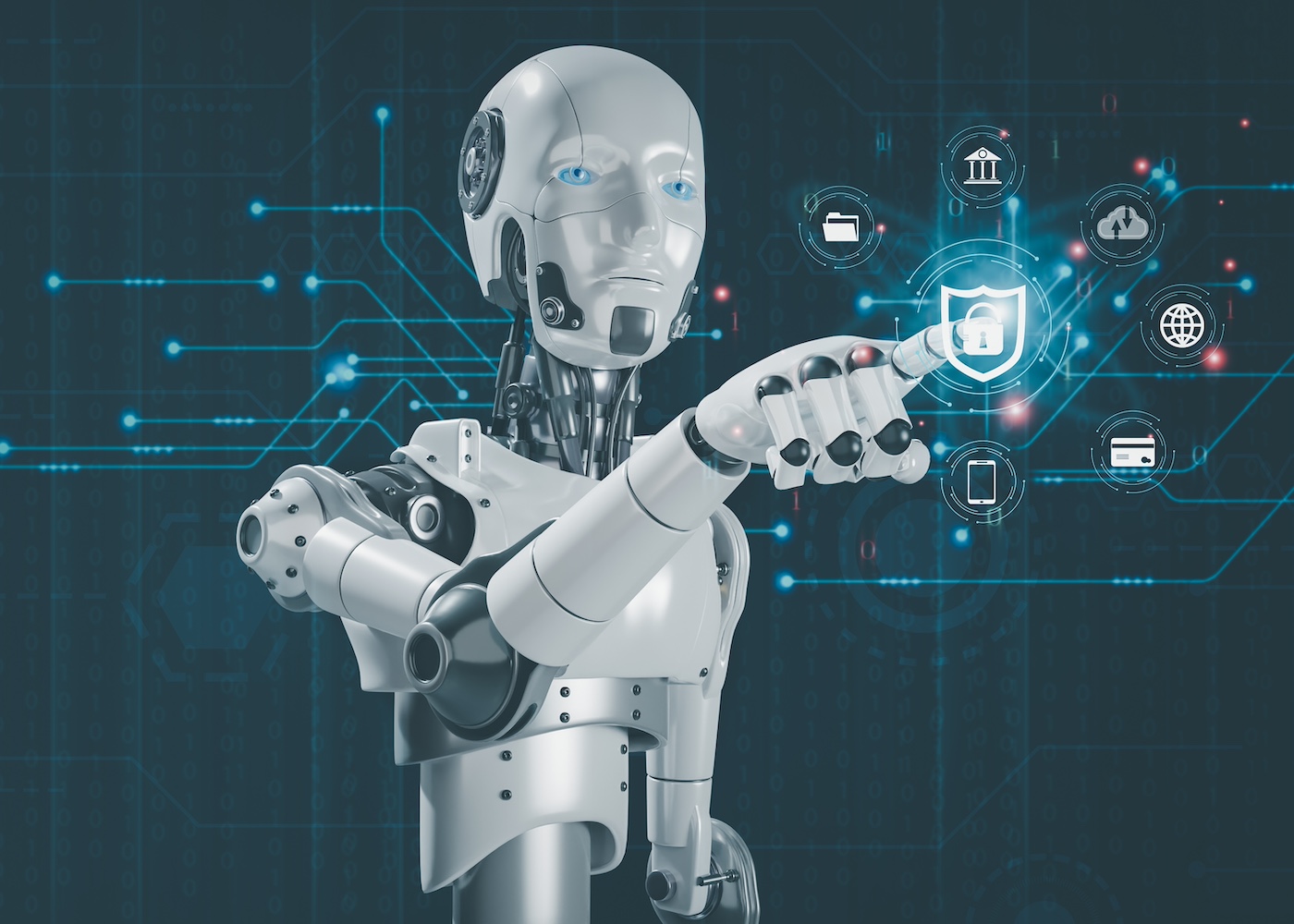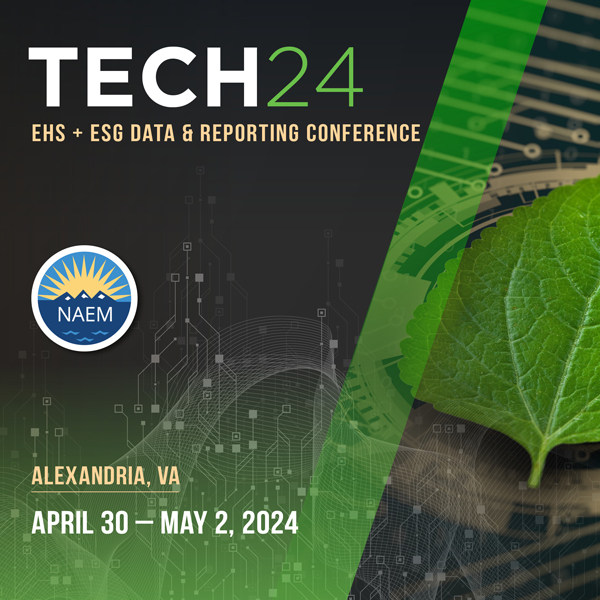AI Can Save Lives in the Workplace – Here’s How

Despite concerns about AI’s meteoric rise from back-end development to everywhere, there’s a strong case to be made that AI can improve our lives – especially with workplace safety.
As a result, AI-enabled EHS solutions are emerging at a time when businesses have been struggling to reduce workplace accidents, injuries, illnesses, and deaths more than ever. According to the US Bureau of Labor Statistics (BLS), in 2022, private-sector
employers reported 2.8 million injuries and illnesses, and employers reported 5,486 fatal work injuries, both up from the previous year. In fact, a worker died every 96 minutes in the U.S. in 2022.
It’s devastating - but we can do better with help from advanced tech. By leveraging AI for EHS management, leaders and employees alike can access a new level of safety through predictive insights and proactive mitigation for a better, safer tomorrow.
The Challenge to Do Better
Governing bodies have taken notice of the rise in workplace injuries. In response, federal and state lawmakers have passed EHS laws and regulations to increase safety and reduce hazards. In the US, OSHA updated its Hazard Communications Standard and issued
its final rule to improve the tracking of workplace accidents, injuries, illnesses, and fatalities.
There’s also C-suite pressure to increase employee safety and wellness. Leading chemical, oil and gas, and other companies to tie safety metrics to financial incentives – sparking motivation for leaders to drive changes on frontlines. Boeing
is the latest company to follow suit. The company recently announced it has restructured how it pays employee bonuses to emphasize quality and safety over meeting financial targets.
It’s not just powerful stakeholders upping the ante, either. A recent survey of 1,000 workers in the US found that 48% of respondents would voluntarily take a pay cut to work for a company with a stronger safety record. Conversely, 39% had reportedly
turned down a job offer over workplace safety concerns. Another study found that 25% of workers considered leaving a job over safety concerns.
Many businesses face challenges to meet this rising demand and drive workplace safety and compliance.
Regulatory Pain Points Holding EHS Leaders Back
Global companies with diverse labor categories have complicated EHS regulatory-compliance requirements, and are subject to EHS laws and regulations in each country in which they operate. This complicates EHS management and compliance programs and leads
to inconsistent safety interventions and policy enforcement. It can also lead to weighty fines and legal injunctions for companies found to be non-compliant after serious incidents.
Organizations are also struggling to hire and retain EHS leadership, including safety and compliance auditors, and skilled and safety-minded workers. The pandemic sparked many seasoned leaders to retire, and it’s been tough to fill the skills gaps
since. With “the war for talent” raging still, this will be an enduring challenge requiring enduring solutions.
Although the list goes on, one final challenge to address is the need to collect safety and workplace incident data – especially predictive insights around potentially serious incidents (PSIs). But many businesses continue to use manual or paper-based
data-collection processes, which can impact data accuracy and efficiency while preventing proactivity. Plus, employee reports tend to lack the details needed to derive actionable insights to enable prevention.
In short, these pain points create a recipe for workplace disaster – but many leaders are trying to do better for their workers by leveraging tech.
AI: The EHS Leader’s Ally for Enterprise Safety
AI-powered EHS solutions are enabling leaders to take a data-driven approach to workplace safety management. By automatically capturing evidence of safety incidents via remote sensors and computer vision, or providing user-friendly, interactive solutions
to facilitate employee reporting, AI can ease the burden on workers to report incidents up the chain of command. It can also help leaders enforce company policies and best practices.
Generative AI (GenAI) applications, in particular, can help resource-strained teams working across locations by serving as personal assistants, identifying safety incident patterns, offering enhanced insights, and recommending actions in the field. These
tools that can pinpoint safety risks are intuitive, user-friendly tools that enable front-line workers to participate in the process of enhancing workplace safety. They enable a two-way conversation where both parties can engage in the process of
fostering a culture of workplace safety.
One of the most important capabilities that AI allows for is pattern identification and predictive modeling. AI models use enhanced data analytics to extract insights from large and complex data sets on safety incident information and leverage pattern
analysis to conduct predictive risk modeling. Insights and predictions learned can be used to identify PSIs, create accurate risk assessments, and roll out dynamic solutions powered by real-time recommendations.
Lastly, AI provides auditing and compliance teams with the digital tools they need to comply with a growing array of EHS laws, regulations, and frameworks across geographies and jurisdictions. It’s extremely difficult to comply with global laws
using manual or paper-based solutions. By leveraging AI, leaders can get the help they need and employees can have the assistance they need.
The Future is Intelligent - and Safer.
Business leaders and front-line staff all face challenges with driving safe and compliant business operations, including the need to drive efficiencies and profitability. Deploying AI-enabled EHS platforms and solutions can lead to positive outcomes, including fewer safety incidents, reduced injuries, better workforce engagement, and an enhanced culture focused on workplace safety. It can also help companies comply with applicable laws and regulations. AI-enabled EHS applications will enable business leaders to overcome today’s pain points and drive safer, more resilient operations for a safer tomorrow. Will the new generation of EHS Leaders be quick to adopt AI and lead to record-breaking worker safety?
Continue the conversation about AI in the workplace at TECH24, where you’ll join Benchmark Gensuite and other technology experts to explore digital strategies and solutions for EHS, Sustainability, and ESG.
Sponsored Content
About the Author

Under Mukund’s leadership, Benchmark Gensuite (Formerly Gensuite) has built a leading digital EHS and ESG management platform, and expanded its solutions to help organizations meet global reporting standards and requirements related to climate and sustainability.


